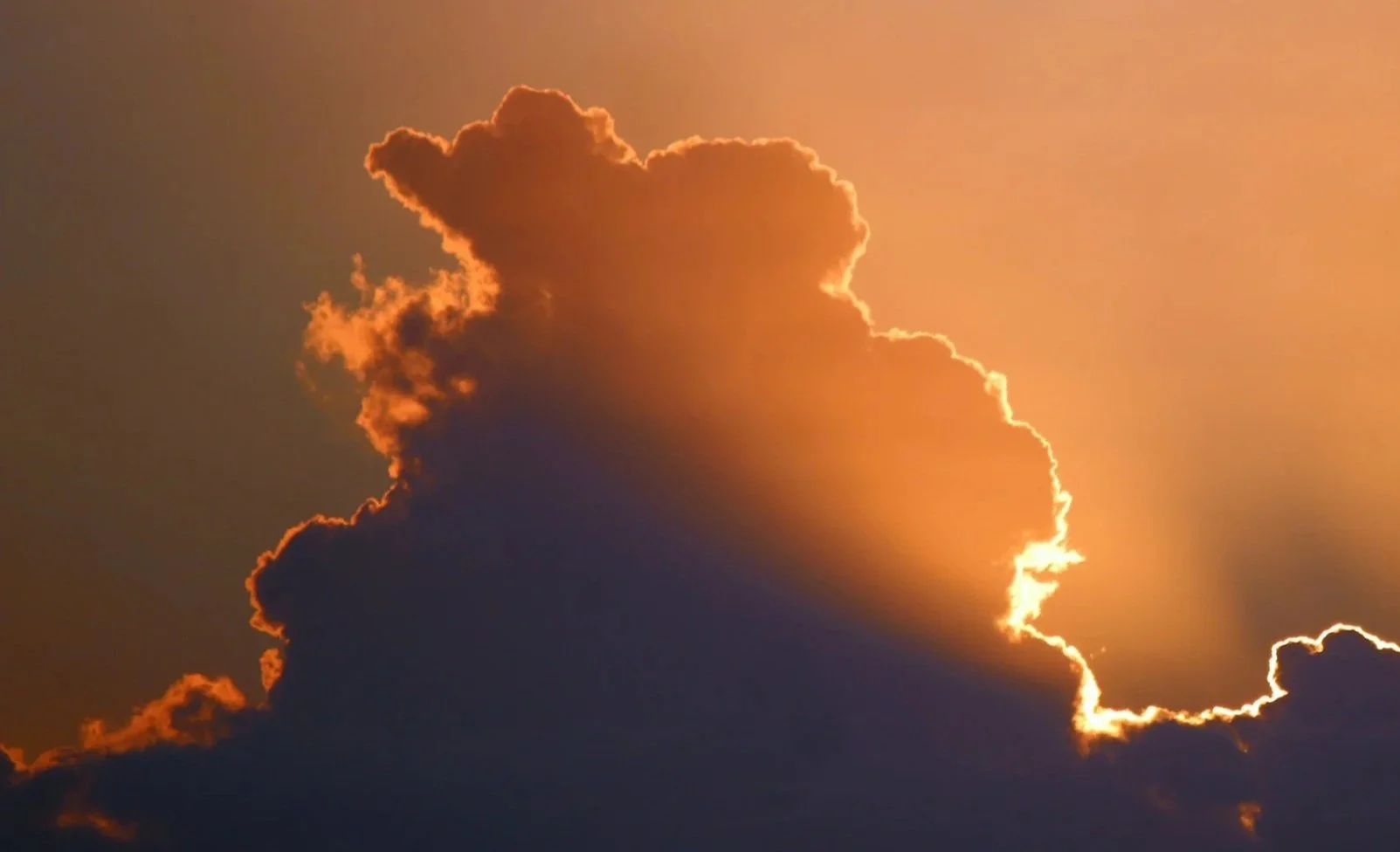The Soul of Christmas
Finding Meaning behind Glitter…
Christmas, as we know it today, is a rich tapestry woven from countless threads, ancient folklore, pagan ritual, Christian mystery, and modern myth. It has evolved from a sacred moment of stillness into something I find difficult to define, as everyone experiences it in their own way. For me, it has always been a mix between external expectations and what truly matters to me, a split between my internal need for reflection and healing and the external pressure to conform.
What I love and care for is what lies beneath it all, something far older, quieter, and profoundly human: a celebration of rebirth, light, and the return to what is most essential in us. If we look to the sky, the deeper meaning becomes clear. Around this time of year, the sun reaches its lowest point in the sky. The days shorten until, at the winter solstice, usually around the 21st or 22nd of December, the light appears to stop fading.
The word solstice comes from the Latin solstitium, “the sun stands still.” For three days, the sun seems to pause before beginning its slow climb back toward the light. By December 25th, the increase in daylight is finally perceptible, a quiet promise that the world will warm again.
Winder Solstice, 21st -22nd of December.
Many early cultures honoured this moment. The Romans celebrated Dies Natalis Solis Invicti, the “birthday of the unconquered sun.” The Norse marked Yule, lighting fires and evergreen torches to beckon the returning light. Christianity later aligned the birth of Christ, the light of the world, with this cosmic renewal, layering spiritual rebirth onto the physical turning of the sun. So beneath the noise, Christmas is still a solar ritual in disguise, a recognition that darkness is an essential passage that leads to the light, that even in the coldest stretch, something luminous stirs and begins again.
The Day of Revelation | The Meaning of Epiphany
Twelve days after Christmas, on the 6th of January, comes Epiphany, a celebration often overlooked, yet it holds the key to understanding the deeper mystery of Christmas itself. The word Epiphany comes from the Greek epiphaneia, meaning appearance or revelation. It marks the moment when the divine nature of Christ was revealed to the world through the visit of the Magi, the sages who followed the light of a star to find the newborn child.
If Christmas is the birth of the light, Epiphany is the recognition of that light. The Magi’s arrival represents humanity’s awakening, the point when wisdom, carried from distant lands and diverse traditions, bows before innocence and truth. In the East, this day also commemorates the baptism of Jesus, another form of revelation, when the heavens opened, and the Spirit was seen descending like a dove, a powerful symbol of divine presence made visible in the human world.
The twelve days between Christmas and Epiphany form a symbolic passage, a sacred in-between where the old year dissolves and a new vibration begins to take root. In ancient lore, these were days when the veil between worlds was thin, a time to listen, to dream, to receive inner guidance for the year ahead.
To honour Epiphany is to recognise that the guiding star is not only a celestial event but a reflection of something luminous within us. It invites us to look beyond the surface of life, to see the divine not as distant or extraordinary, but as quietly present in the heart of our own humanity. Epiphany reminds us that revelation doesn’t come from seeking more light outside ourselves, but from learning to see the light that has always been within.
Why do we give and receive gift at Christmas?
Modern gift-giving has become one of the loudest expressions of the season, yet its origin is subtle and profound. The Magi, sages of the East, brought gold, frankincense, and myrrh: symbols not of wealth, but of consciousness. Gold for kingship, frankincense for divinity, myrrh for mortality. Together, they spoke of the full journey of being human, spirit housed in matter, love walking through limitation.
To give, in this sense, is to recognise another’s soul. A true gift is not transactional; it is transmission, of presence, compassion, forgiveness, or peace.
The traditional names of the three Magi are Melchior, Caspar (or Gaspar), and Balthazar, who hailed from Persia, India, and Arabia, respectively. Their gifts have symbolic meanings, representing Jesus's kingship (gold), divinity (frankincense), and mortality (myrrh).
These are the offerings that cannot be wrapped, yet they are the ones that last. Perhaps our modern abundance of things reflects a collective hunger for something far simpler: to be seen, loved, and met as we are.
The Magi followed a star, that celestial symbol of inner guidance. In every myth, the star is the spark of intuition, the light of the higher self calling us home. The journey of the Magi mirrors our own spiritual quest: to cross deserts of confusion and ego, to trust the light we glimpse within, and to kneel before innocence, the Christ within each of us.
That star still shines, but now it asks to be found inwardly. We are both the wanderers and the ones being found. Epiphany marks the realisation that divinity It is born in the stable of the heart, among the humble parts of us we often overlook. To honour the Epiphany is to turn inward, to let the light guide us back to our original humanity, the simple capacity to love, to forgive, to be real. It’s an invitation to return from distraction to essence, from separation to wholeness.
Find your Inner Start
Perhaps Christmas, at its highest vibration, is not about escape or indulgence, but about remembrance, a gentle return to what is real. Beneath the glitter, noise, and expectation lies an ancient rhythm calling us inward. To remember who we are when the lights go out. To meet the quiet within and rediscover the flame that never went out.
It’s an invitation to return to self, to see the pain of the world and elevate it into compassion, to transform what hurts into what heals. To live as if the divine child were still being born, not once a year, but in every moment we choose kindness over fear, presence over haste, and truth over performance. Christmas, in this light, becomes less about tradition and more about transformation, a living reminder that the sacred isn’t something we visit, but something we become.
In my own journey, growing up within the Catholic tradition, faith often felt transactional and disguised. The words about God were beautiful, yet rarely embodied by those who spoke them.
That contrast, between message and embodiment, stirred something deep in me. It made me question, wonder, and ultimately seek. It awakened my curiosity about human nature: why we are so complex, so full of contradictions, why we can speak of love yet act from fear.
That longing became a quiet quest, to understand what “spiritual” truly means to me. Not as doctrine or belief, but as direct experience. To find my own star, my own path of inner guidance. And now, my greatest hope is that in sharing these reflections, I might inspire others to find theirs, to follow the thread of light that speaks uniquely to their soul, and to connect with spirit in a way that feels authentic, alive, and true.




